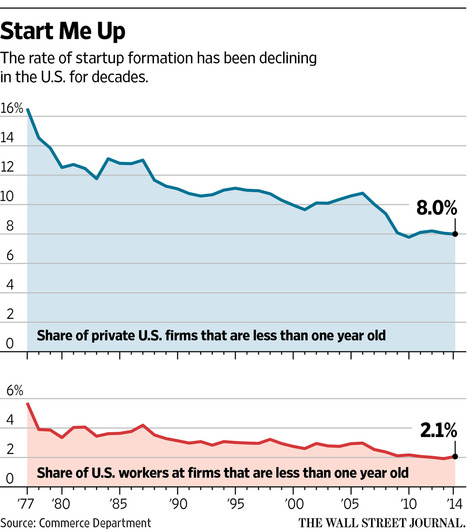(p. B1) SAN FRANCISCO — Twenty-seven years ago, Tim Berners-Lee created the World Wide Web as a way for scientists to easily find information. It has since become the world’s most powerful medium for knowledge, communications and commerce — but that doesn’t mean Mr. Berners-Lee is happy with all of the consequences.
. . .
So on Tuesday [June 7, 2016], Mr. Berners-Lee gathered in San Francisco with other top computer scientists — including Brewster Kahle, head of the nonprofit Internet Archive and an internet activist — to discuss a new phase for the web.
. . .
(p. B6) Consider payments. In many cases, people pay for things online by entering credit card information, not much different from handing a card to a merchant for an imprint.”
At the session on Tuesday [June 7, 2016], computer scientists talked about how new payment technologies could increase individual control over money. For example, if people adapted the so-called ledger system by which digital currencies are used, a musician might potentially be able to sell records without intermediaries like Apple’s iTunes. News sites might be able to have a system of micropayments for reading a single article, instead of counting on web ads for money.
“Ad revenue is the only model for too many people on the web now,” Mr. Berners-Lee said. “People assume today’s consumer has to make a deal with a marketing machine to get stuff for ‘free,’ even if they’re horrified by what happens with their data. Imagine a world where paying for things was easy on both sides.”
For the full story, see:
QUENTIN HARDY. “World Wide Web’s Creator Looks to Reinvent It.” The New York Times (Weds., JUNE 8, 2016): B1 & B6.
(Note: ellipses, and bracketed dates, added.)
(Note: the online version of the story has the date JUNE 7, 2016, and has the title “The Web’s Creator Looks to Reinvent It.” )

